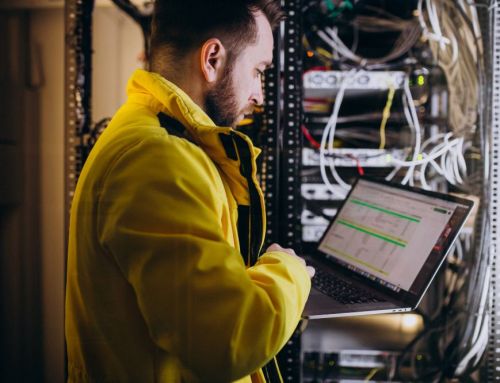Cybersecurity trends come from a place of necessity and innovation. Whenever breaches happen or if software/hardware updates are enacted, the industry has to pivot in order to adhere to these demands. The industry needs to be kept abreast of these trends so that they can anticipate the needs of its consumers. 2021 has already seen a host of cyberattacks take place and what these experiences do is educate the IT support groups on what’s working and what needs improvement. The latest trends are seeking to enhance the current infrastructure of cyber-threats by expanding its capabilities and protecting valuable resources and assets.
Cybersecurity Trends: Expanding The Surface Of Cyber-Attacks
Did you know that by 2025, the world will store about 200 zettabytes of data? This will include data that is stored on private and public IT infrastructures, utility infrastructures, computing devices, and on private and public cloud data centers. Many factors have contributed to the expansion of the global-cyber attack surface. Chief among these is the shift in the traditional model to more of a digital-driven concept that is almost exclusively on the internet. These digital interactions have fostered more interactions between man and machine.
Our way of living has increased online because of these capabilities. COVID caused a drastic change in how we work and the environment in which the work is conducted. Once the remote model commenced, it showcased the vulnerabilities in security which isn’t as common amongst office sites that have built in firewalls, routers, and management systems that analyze many of the issues before they persist. Remote work has given hackers news opportunities to expose weaker networks and devices.
The best way to curb many of these issues is by expanding the attack surface and using it as an automation tool. Horizon scanning technologies, audits, alert tools, self-repairing, and diagnostics are a few examples of what can be done to act on these threats. A.I. can also propel more effective decision making by prioritizing the different kinds of threats, especially those that are often found on larger networks.
Cybersecurity Trends: Ransomware-Viable Cyber Weapon Tool
Ransomware has been around for quite some time and it brings many financial incentives to hackers. It’s the process of blocking a computer system until a sum of money has been paid. At this point in time, there are around 124 families of ransomware and hackers have devised methods to to embed malicious codes within the ransomware. Hackers are becoming more and more sophisticated in their exploits with things like phishing, as well as sharing personal information on the dark web through forums.
Hackers are also paid with cryptocurrency which is virtually untraceable, making it a profitable motive for these criminal organizations. In order to prevent ransomware, IT support groups are encouraged to brush up on their cybersecurity awareness by preparing anti-malware programs, using secure passwords, working on patches, using secure routers and VPNs, and more importantly, get into the habit of backing up your valuable data.
Cybersecurity Trends: Weak Points Within The Infrastructure (And How To Fix Them)
Cyberattacks on critical infrastructures have prompted much concern. It’s become the new normal in a variety of business sectors such as energy and healthcare. Protecting these systems from cybersecurity threats is no easy feat due to the complexity of the frameworks, access points, and emerging technologies. To mitigate these threats before they worsen, operators should use a comprehensive risk framework to address the vulnerabilities within OT/IT convergence to combat the cyber threats.
The public and private sectors need to collaborate as well to implement the necessary security protocols. By following the protocols imposed by the government and industry, this will aid technicians who are actively working to preserve the integrity of infrastructures. The internet was not designed to be a security powerhouse. It’s meant to connect users to content and platforms that they are interested in engaging with!
Other efforts that can strengthen the infrastructure includes enforcing new technologies that will monitor and analyze activities that are occurring in your networks. A.I. and machine learning tools will promote visibility and an easier time with predicting the analytics.
Protecting Your Data & Assets with IT Support Groups
Our team at RHYNO Networks is dedicated to learning the latest and greatest cybersecurity trends and trends in security solutions to protect the infrastructure of your systems and networks. We offer a plethora of trusted IT services in the Seattle area that are designed to cut down on costs and promote efficiency in protecting your data and avoiding downtime. For more information on our services, you can contact our team to see how our solutions can help your organization.






